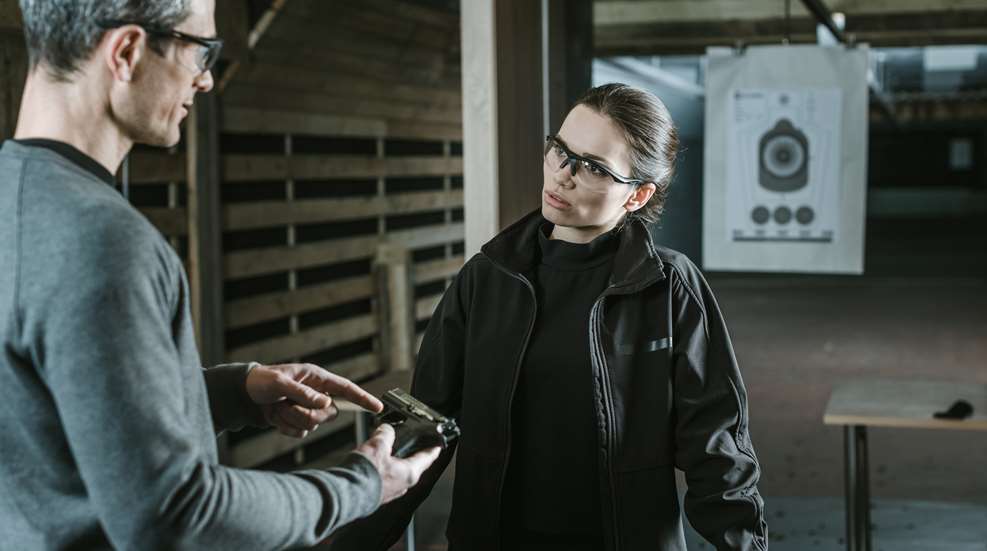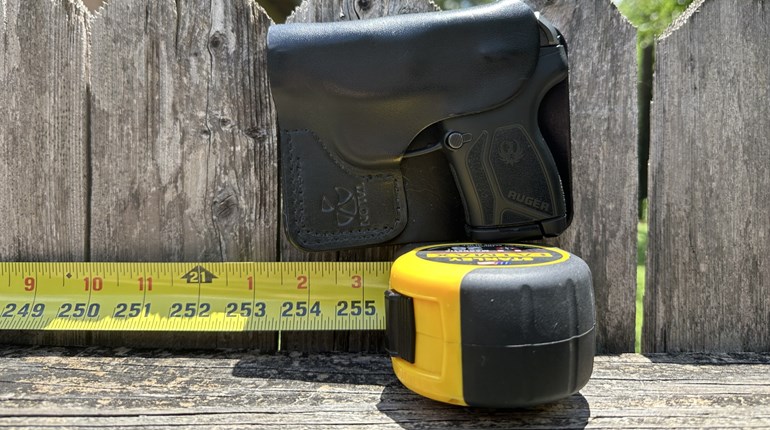
Despite our best efforts, students who attend any kind of firearms, self-defense or related training will occasionally run into a class that doesn’t actually cover what they really wanted to learn. We might run into an instructor whom we can tell is teaching dated or dangerous information, or who does not provide a comfortable or safe training environment. What then? As a student, you are also a consumer, and that means that you have options.
Option 1: Use the class as a learning opportunity.
You don’t need to be “that person” and stomp out because you were taught something differently in the past. It might benefit you to pay attention and take note of the parts that are good, the parts that are not so good and why. Compare and contrast with what you’ve learned elsewhere and work to understand why your current instructor is teaching what they are. Maybe you’ll discover that you were wrong, or that there is a different or better way to express something you already thought you knew.
If you’re struggling to understand an instructor’s reasons for teaching or showing what they are, that might be a subject for you to ask them about—perhaps outside of class. Throughout the process, remain open-minded about what is being presented. You may not be learning what you signed up to learn, but chances are you will still learn something, even if it’s what not to do or say.
You could even use the class to learn more about how to (and not to) teach. Paying attention to the instructor in front of you can show you ways to teach shooting or other skills that you might not have seen or thought of before.
Option 2: Sample the menu à la carte.
You can choose to stay back and not participate in certain portions of the class, and instead simply act as an interested observer for certain drills or exercises. You might not be comfortable being in the mix for them because you have concerns about the safety of the class as a whole or because you don’t think you yourself can perform safely. You might have other reasons that you don’t want to do a drill or exercise (though I’d encourage you to use any opportunity you can to practice skills you already think you know).
No matter the reason, let the instructor know you’ll be sitting this one out—and then continue to pay attention. It’s not the same as doing, but there’s a lot to be learned by watching others perform a skill and by watching how the instructor teaches and coaches the skill.
Option 3: See me after class.
You can contact the instructor privately after the class has ended. It may feel uncomfortable, but it’s a way that you can communicate your concerns and learn more about why the class didn’t meet your expectations. It’s possible that you may want to ask for a refund or a discount on another class, and it might make complete sense to do so…but first, try dialogue.
Ask genuine questions and be open-minded about the answers. You might still disagree, but the conversation may still be productive in helping you understand the instructor’s point of view and by providing the instructor with genuine feedback, you may be improving his or her future classes too.
Option 4: Watch my dust.
You can leave. You signed up and paid for the class, or someone did on your behalf, but you are not obligated to stay there. Whether or not you are due a refund if you decide to leave is a different matter, but you can always leave. If you genuinely believe there is an unsolvable safety concern, and that staying would endanger your life or well-being, then leaving is worth any tuition costs you may leave on the table.
If you paid for a certain class experience such as a specific instructor, a certain student-teacher ratio or something else and they aren’t there, then leaving and worrying about tuition costs later is an option available to you that preserves your time and ammunition. Just make sure you let the instructor know that you are leaving, and use your best judgment on explaining why at the time. Telling the instructor is important so that they know why someone is missing, so don’t just slip out. No matter how you leave, there is no need to be rude or to add drama to the day.
Option 5: “I want to speak to your manager.”
You don’t have to get an ugly haircut to make this one work for you, nor does it make you a horrible person. There are real, valid reasons to “speak to the manager,” and you may very well have one or several.
Start with the gun store or range where the class is held, or the host of the class if there is one. In fact, I would recommend asking them for help in choosing a class before signing up if you’re unsure that a class will meet your expectations. However, even after the fact, they may be able to offer options for other classes that would fit your needs better and your feedback can improve future classes that they bring into their facilities, for when you go back.
Similarly, if the class is being taught under a credentialing organization like the NRA, it may be appropriate for you to contact them if there are egregious problems with the instructor. Certifications to teach classes can and have been pulled from instructors who have been extremely problematic, but the overseeing organization won’t know about those issues unless you tell them.
Option 6: Social Media
You can post a review. If you do, be sure to make it an effective review. This means you should be thoughtful about what you want to say and how. If there are positives, make sure you include those along with the negatives. Fair and balanced reviews would have helped you with selecting the right instructor and class for your needs, and passing that information on will help somebody else. There is a tendency to only see extremely positive or extremely negative reviews and neither are terribly helpful for potential students. It’s important and valuable to make additional information available for others, and create an environment where you will see similar types of reviews in the future.
It’s an unfortunate fact of life that if you buy a service, there will always be a risk that you might not be satisfied with it. In firearms and self-defense training, it’s even more unfortunate because of the potentially deadly consequences. To avoid a disappointing class or confusing instructor, check out my article on “Choosing the Right Firearm Training Class for You.”
About the Author: Annette Evans is the Beauty Behind the Blast and founder of "On Her Own," a project for women navigating the world solo. When not studying shooting and self-defense, she is a competitive shooter who goes to the gym too much. Annette is also an NRA- and Rangemaster-certified firearms instructor, author of “The Dry Fire Primer,” and a commercial attorney in her spare time. Her cat's name is Tuna.















































